Anyone who comes across one of the shooting industry's 'hidden secrets' will know immediately how stink pits got their name. Also known as middens, stink pits are ‘built’ by gamekeepers on shooting estates. They are pits or piles of dumped rotting mammal and bird carcasses which literally 'stink' and are used as bait to lure foxes to the pit.Stink pits can be little more than scrapes in the ground, but larger ones are often surrounded by a barrier of branches with several narrow, open entrances. A snare will be set across each of these entrances. One snare pit on a moor near Sheffield had twelve “within a small fenced area” with other snares in the vicinity. A video we were recently sent filmed on a shooting estate in County Durham shows a carefully laid series of at least eight snares surrounding a large area littered with rotting corpses and a plastic bucket full of a putrescent liquid. Any foxes attracted to the smell of rotting meat will look for a way to get to it. They will (the shooting estates hope) be caught in the ring of snares surrounding the pit. When the keeper checks the snares any caught foxes will be shot, and either thrown onto the pit with other dead foxes or left to hang from a nearby tree as the smell will drift further on the air the higher the body is left to rot. It’s difficult to imagine what sort of mind works to perpetuate this abhorrence. This casual and utterly disrespectful treatment of sentient animals will be baffling to the vast majority of us, but these things are commonplace on some shooting estates. Some have been constructed so carefully there must be some sort of ‘sense of pride’ at work. The images below come from several different stink pits and we make no apologies for how shocking they are. Wildlife ‘management’The shooting industry would prefer that for all its bluster about conservation and ‘animal welfare’ the public doesn’t get to see that its unique version of wildlife management includes an endless war on native predators and filling pits with the corpses of dead animals (often pheasants shot by their clients and dumped by their gamekeepers). As well as being something it doesn’t like being discussed, stink pits are usually hidden away in woodlands or plantations. That’s hardly surprising when pits have been found with everything from foxes, rabbits and hares to crows, Wood Pigeons, pheasants, Mallards, and even chickens. Scottish wildlife charity OneKind (which campaigns against snares and stink pits) was quoted in 2017 saying that they had “found all kinds of dead animals in stink pits including domestic cats, pheasants and salmon” and “protected animals … including mountain hares, badgers and pink-footed geese“. SnaresThe shooting industry uses vast numbers of snares to trap then kill foxes which they blame for taking some of the birds they rear and release. Millions and millions of birds are reared and released to be shot every year. The industry itself creates the alleged ‘problem’ of ‘predation’ by providing masses and masses of prey for native wildlife - and its solution (as always) is not to question whether their ‘business model’ makes ecological sense, but to snare, trap, and shoot. The snares pictured below are just several found around ONE stink pit on a shooting estate in the north of England. The shooting industry has lobbied MPs hard to stop legislation on snares. Fortunately, devolved governments have caught on to their misinformation. Wales passed a snare ban in summer 2023, and in March 2024 the Wildlife Management and Muirburn (Scotland) Bill was passed into law making it “an offence to use a snare to trap a wild animal, or in any way that is likely to injure a wild animal”. Unfortunately the government in England - going into debates waving lobby briefs written by the likes of BASC and the Countryside Alliance - has made a show of discussing a ban but pointedly stuck to ignoring the evidence (see ‘Banning Snares: a parliamentary debate in name only’ from January 2023). Nevertheless a ban is no doubt on its way here too. It’s all legal - justStink pits are (currently) legal provided that no livestock have been dumped into them (which may be in breach of legislation around safe disposal of carcasses, legislation which doesn’t seem to apply to gamekeepers and the shooting industry), but it’s worth noting that dogs may also be lured by the carcasses and walkers near shooting estates in woodlands or on moorland across England should know that their companions are therefore also at risk of being snared. Specific consent is required if a stink pit is used on a Site of Special Scientific Interest (SSSI), though, particularly if any structure has been put in place, if the ground has been dug, or if imported animal matter has been used. Gamekeepers rarely bother to seek consent. If you do find one on a protected site please contact Natural England immediately, giving them as much detail as possible including GPS location and photographs. Shooting vs the countrysideShooting is not the only industry that treats the countryside like a rubbish bin, of course, nor is it the only one that treats wildlife as the ‘enemy’ - but it is the only one that produces nothing of any value while it goes about its ‘business’. Let’s hear no more talk from politicians about ‘sustainable conservation’ or how shooters respect their ‘quarry’. It is has no respect, allows no dignity, and is waging a war on wildlife. It needs to be shut down. Help us take on the shooting industryBy taking home our cuddly owlet you will support our campaign efforts to bring an end to the shooting industry - stopping the killing of millions of birds and helping us tell even more people about raptor persecution, snares, and of course stink pits, As an adopter not only will you be helping fund our vital work but you will also receive an exclusive Protect the Wild adoption pack including cuddly toy, glossy photo, and an information fact sheet. And we will keep you up to date by email on our latest campaigns and the work we’re doing to end shooting in the UK. |

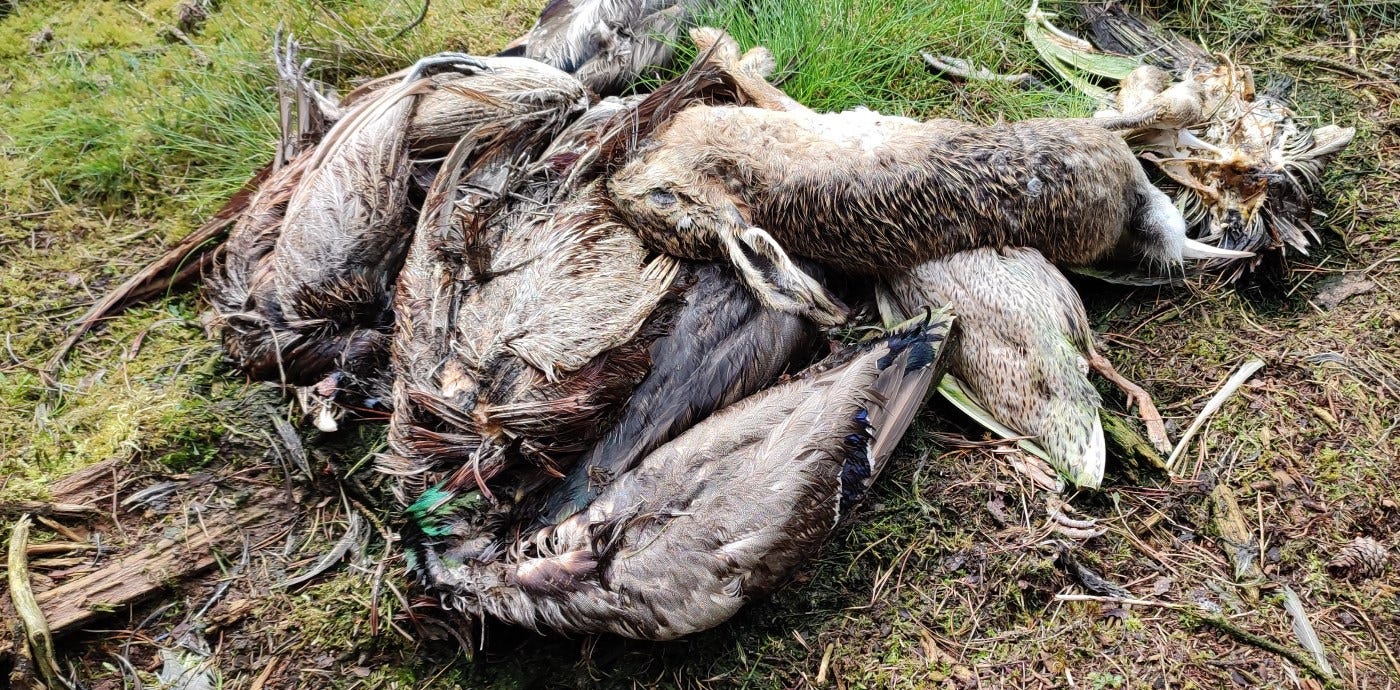
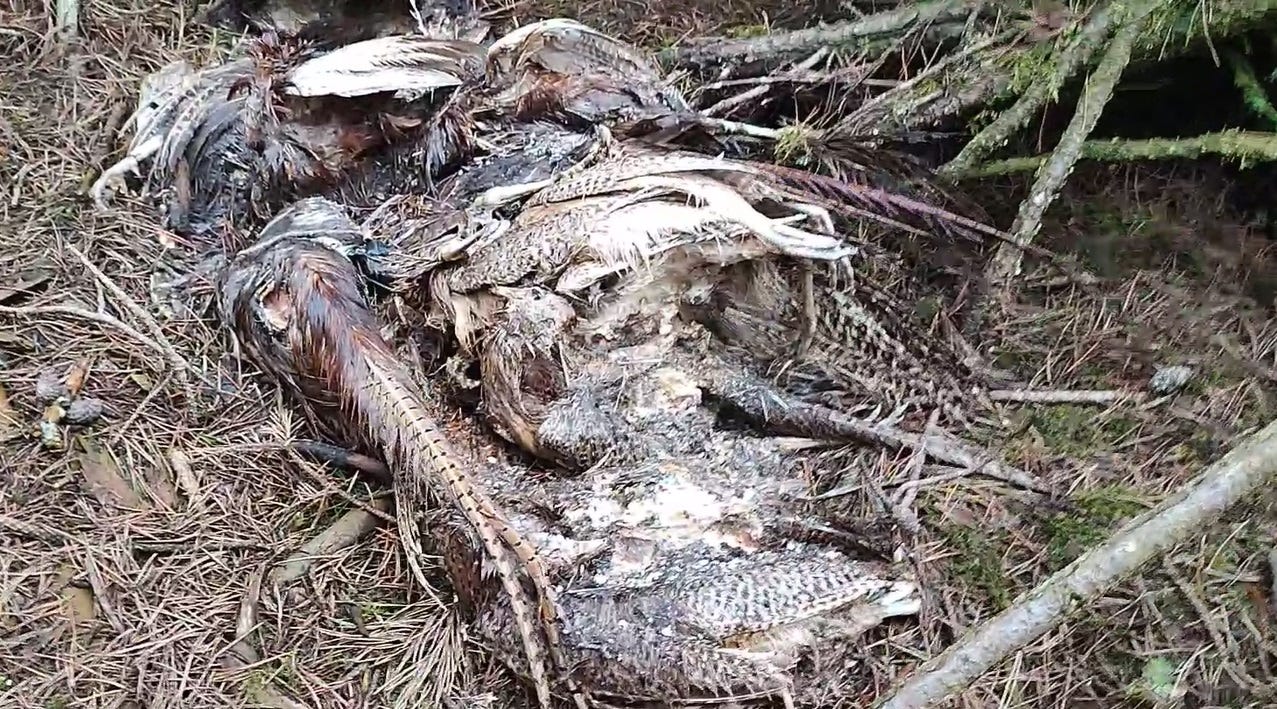
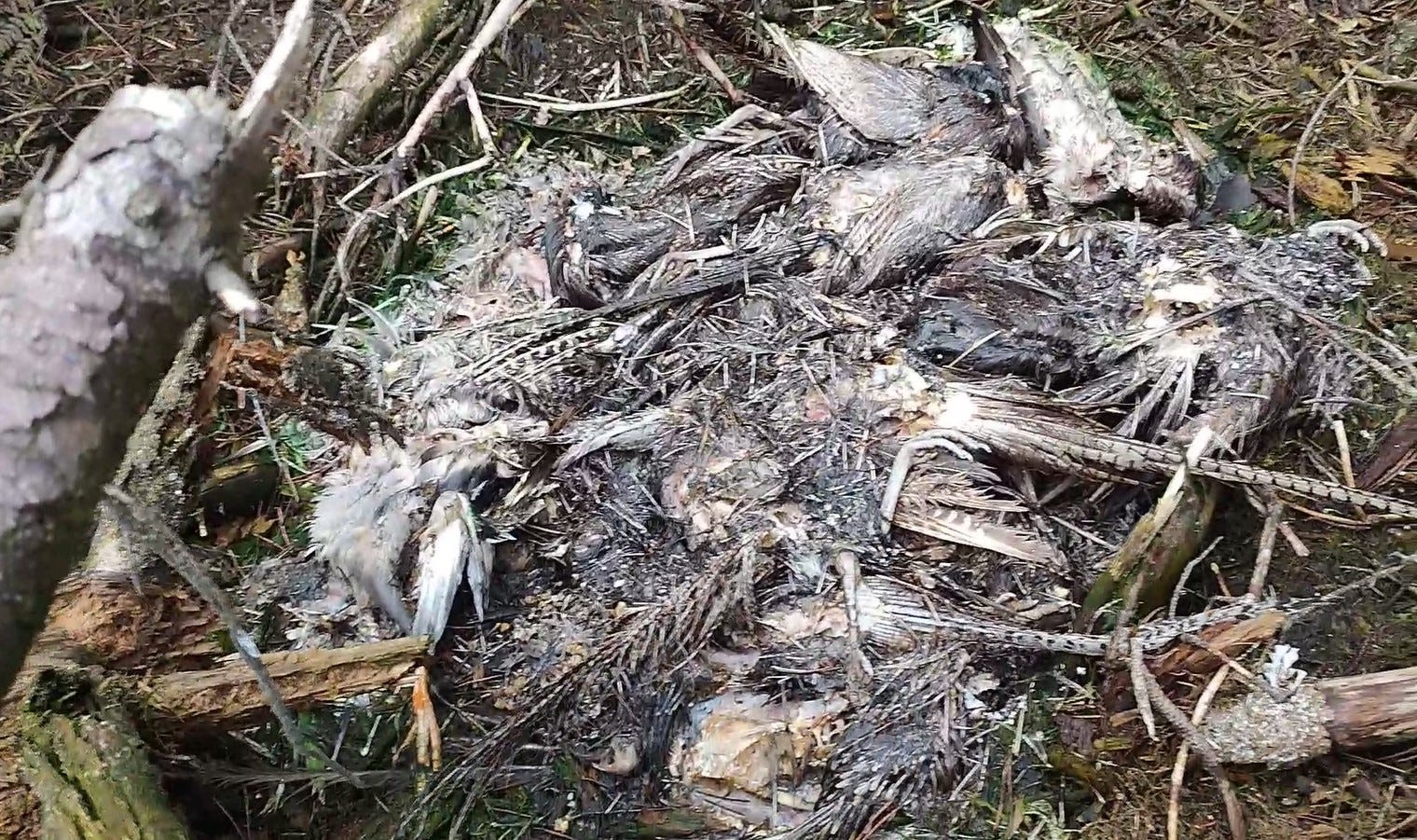
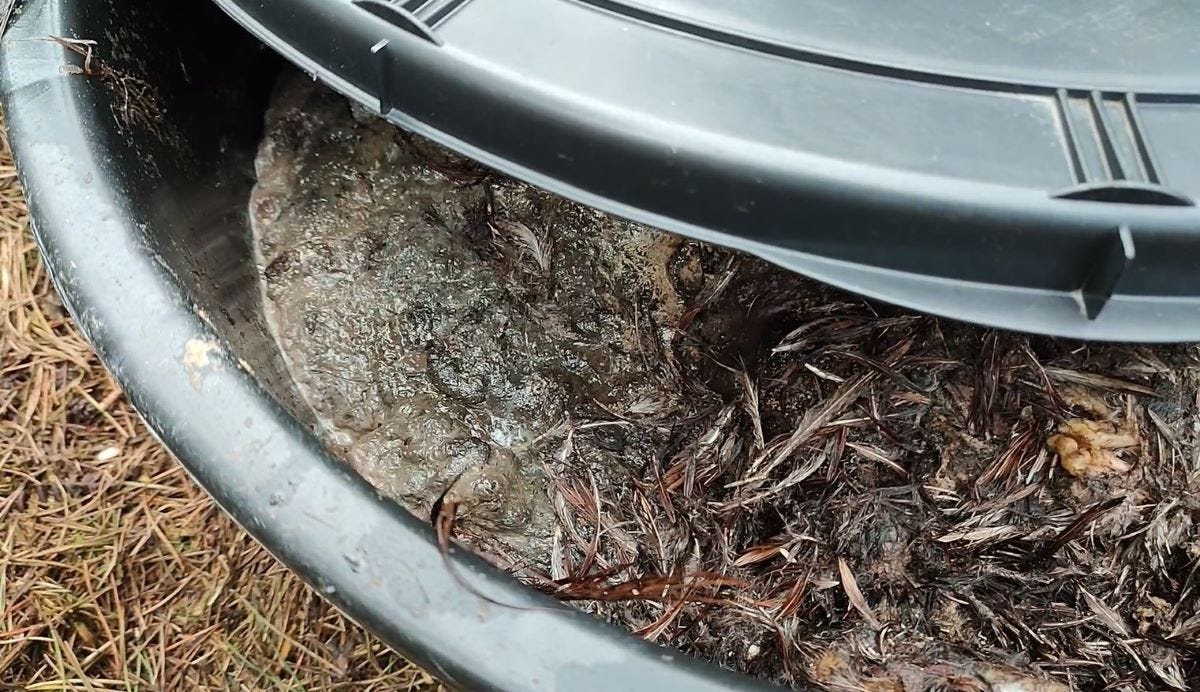
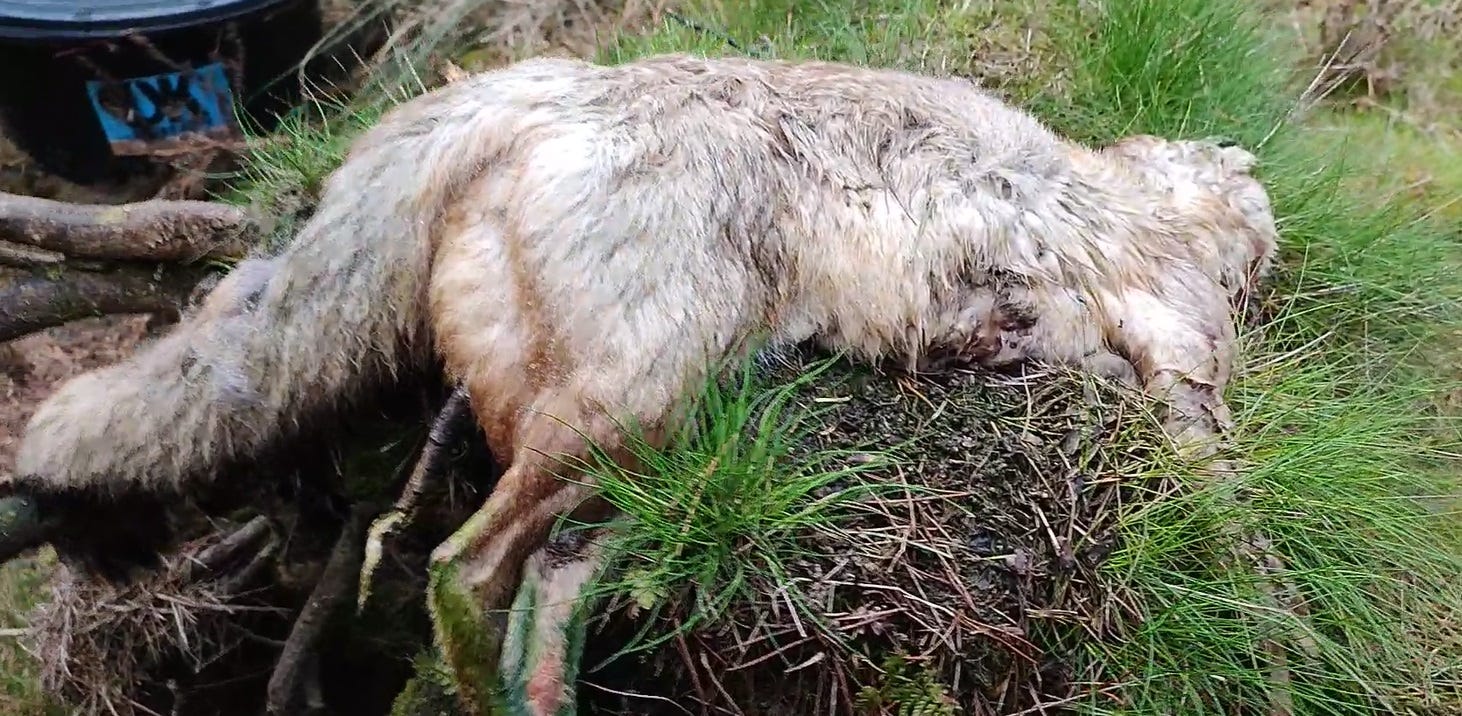
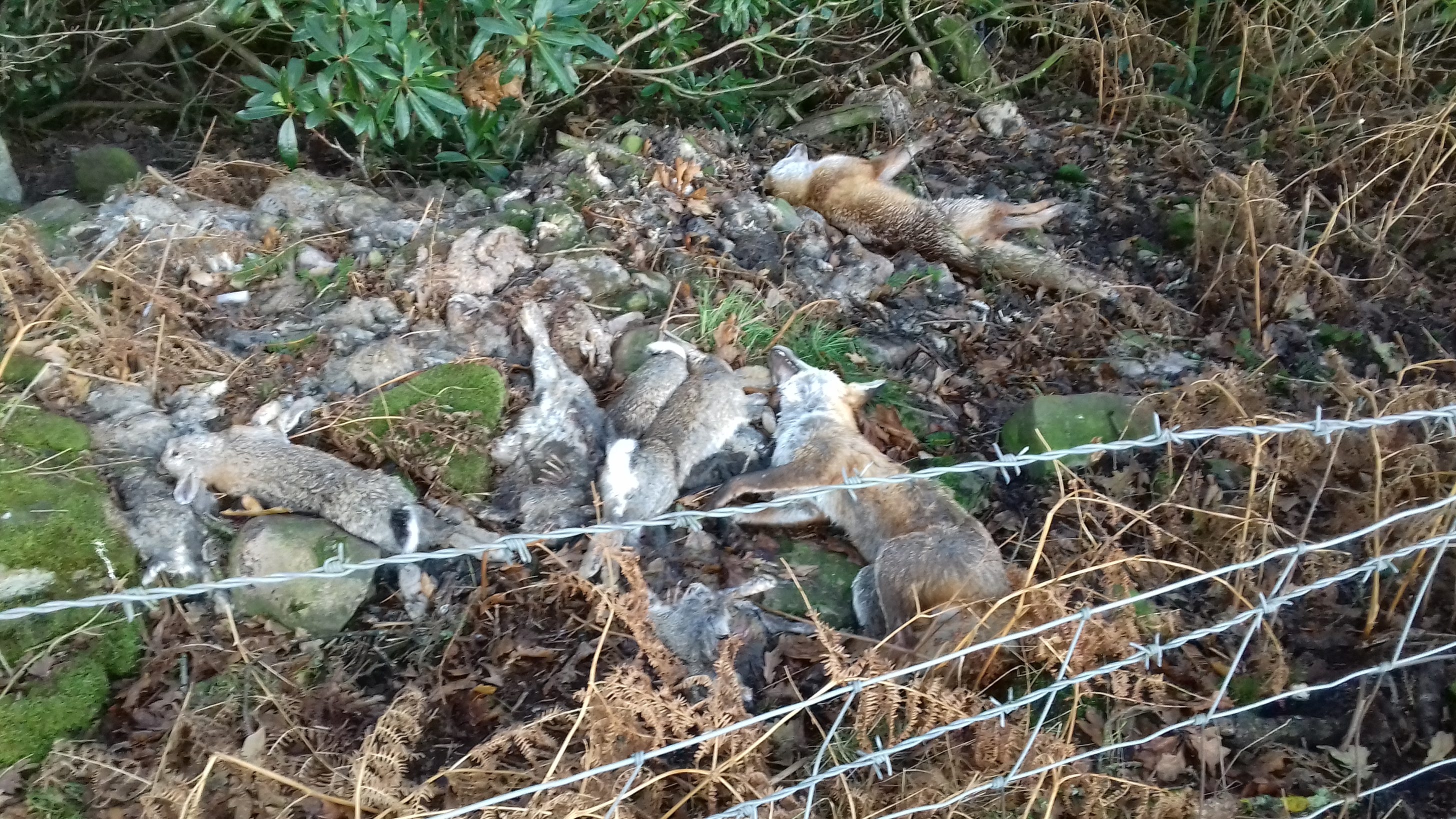
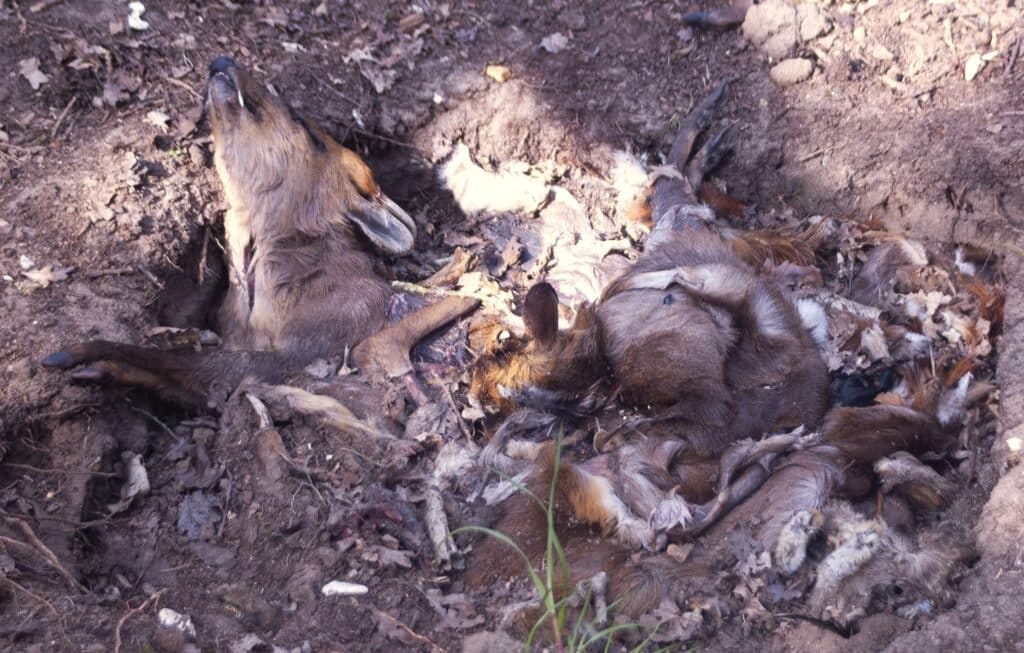
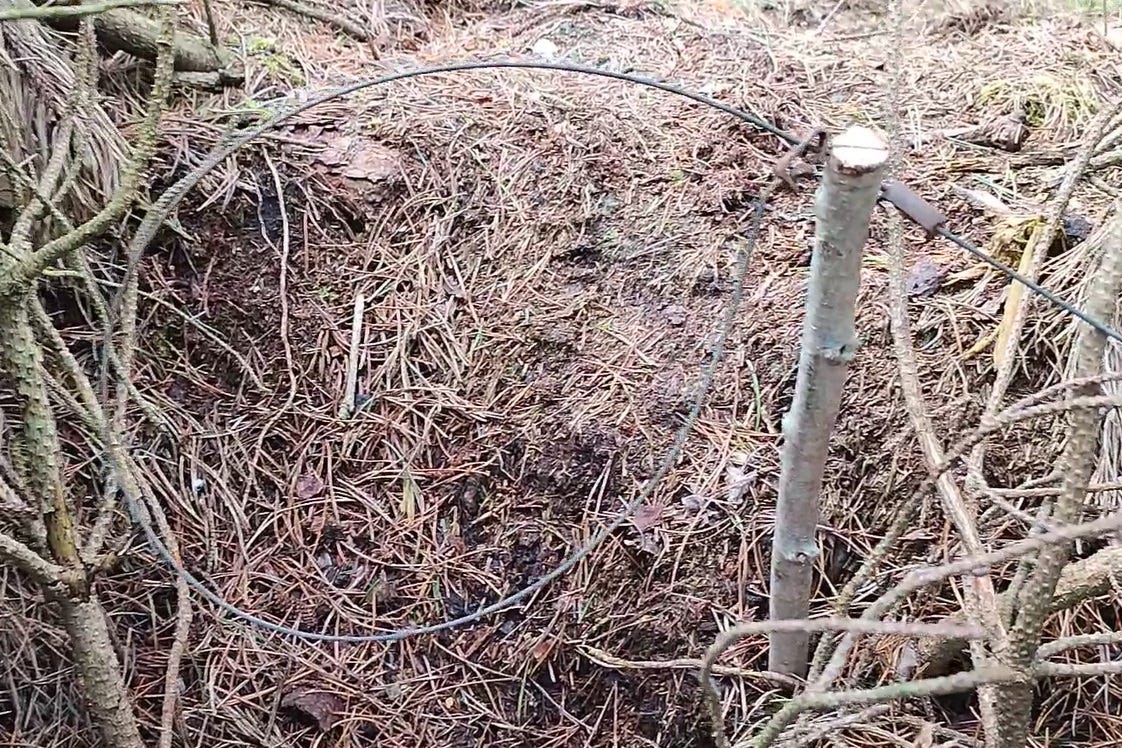
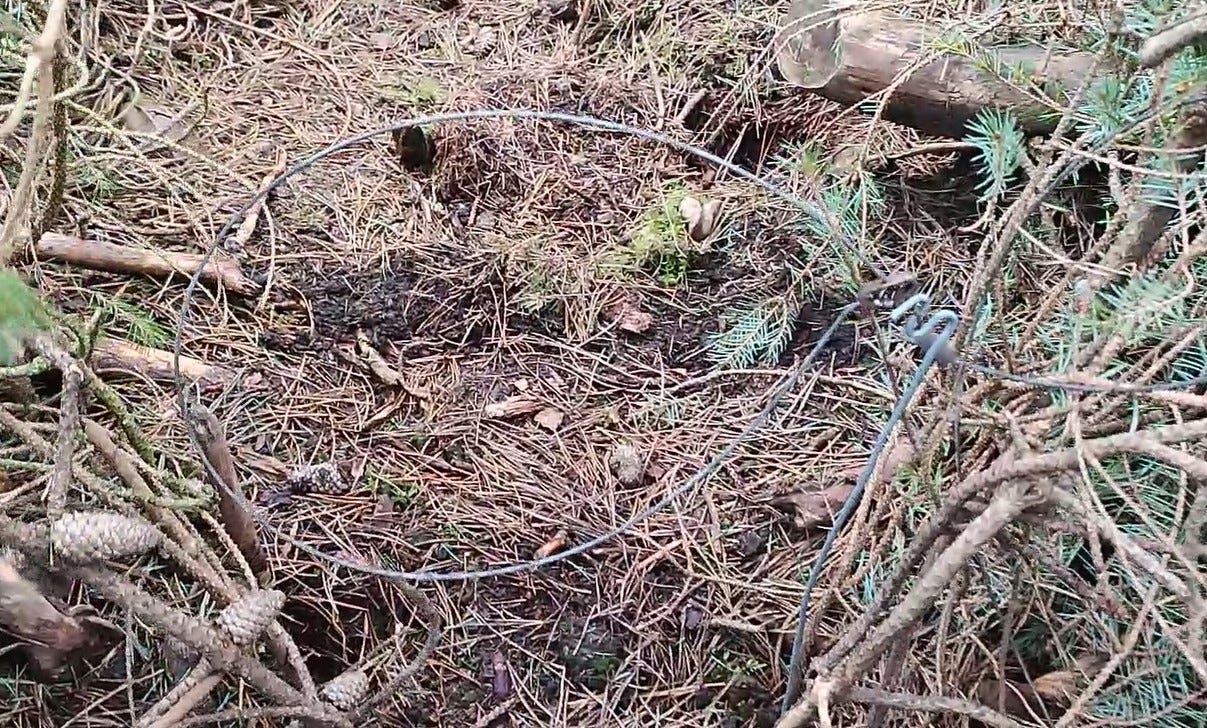
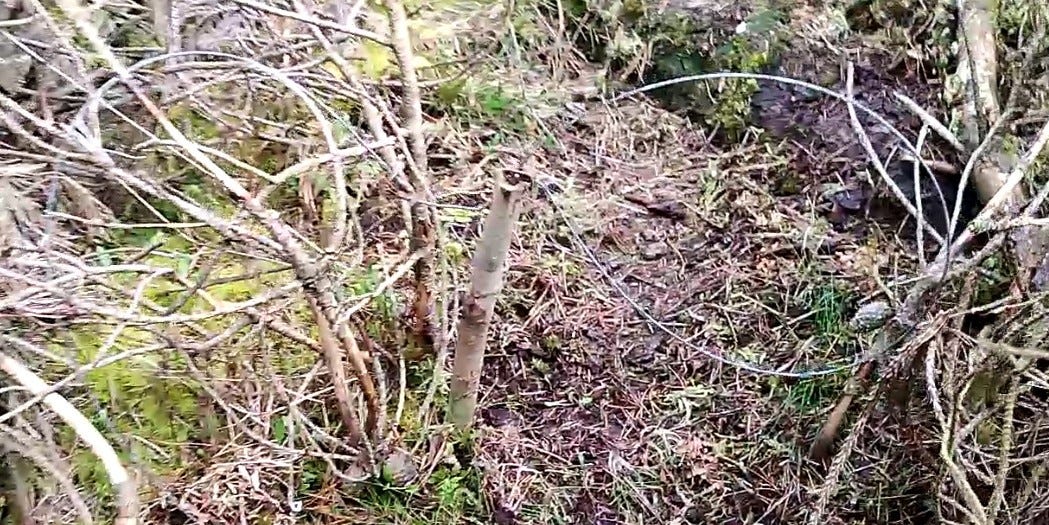
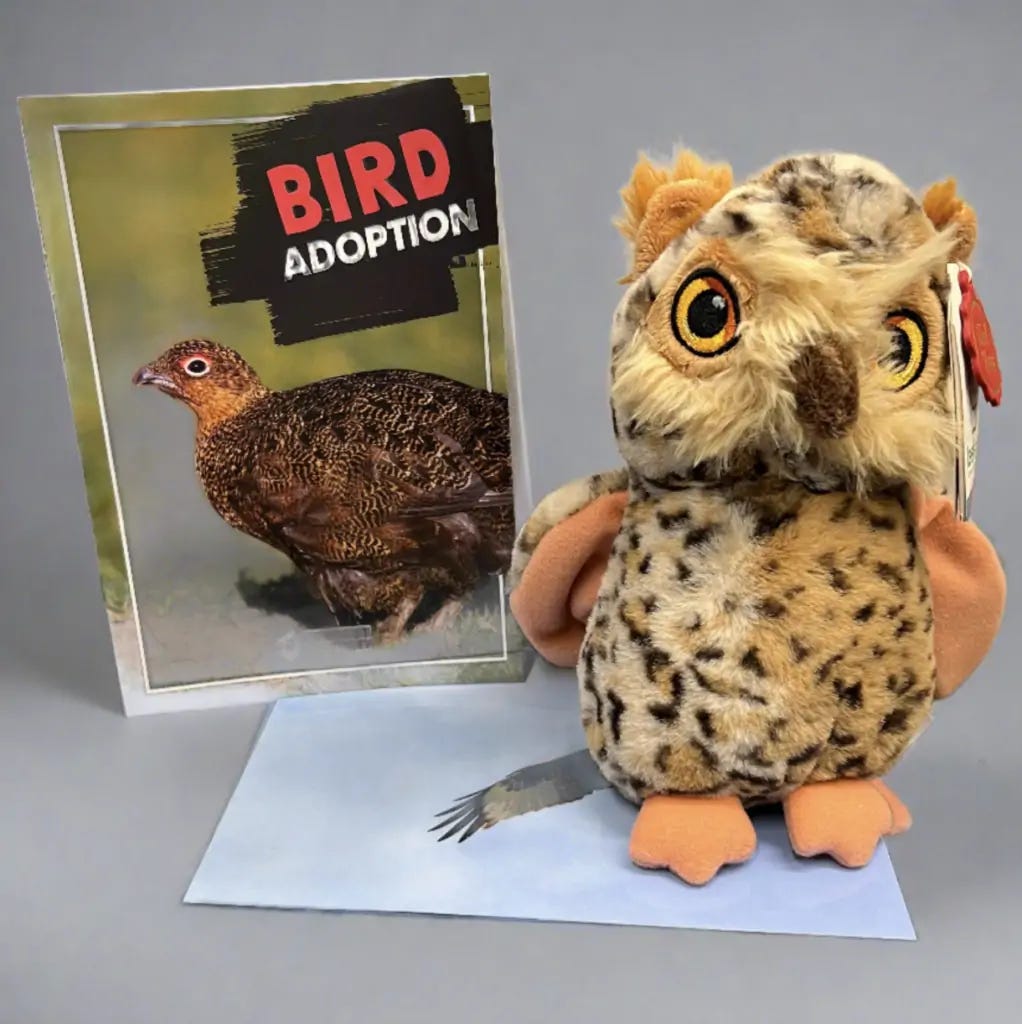
No comments:
Post a Comment